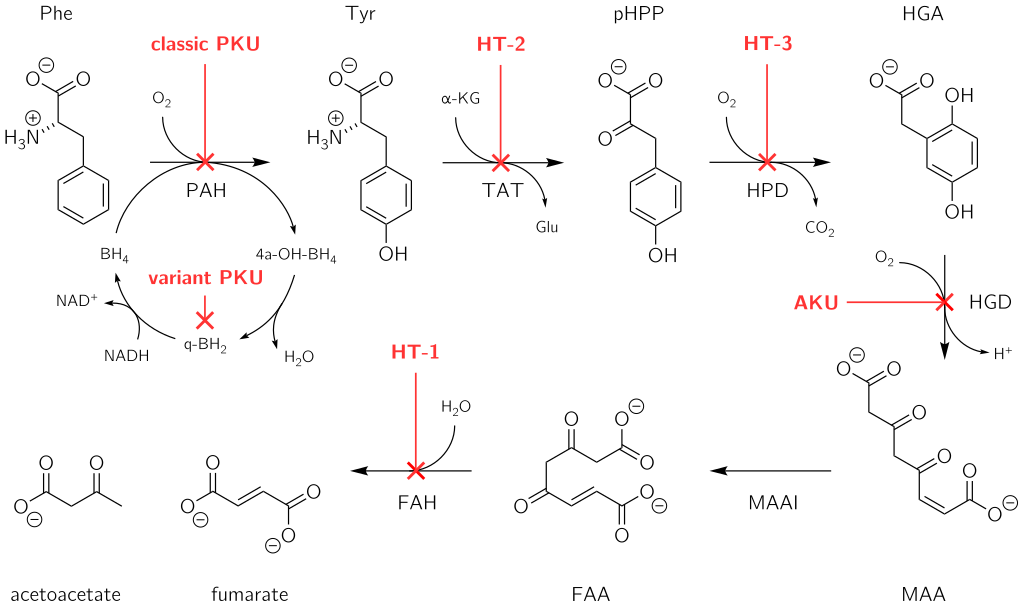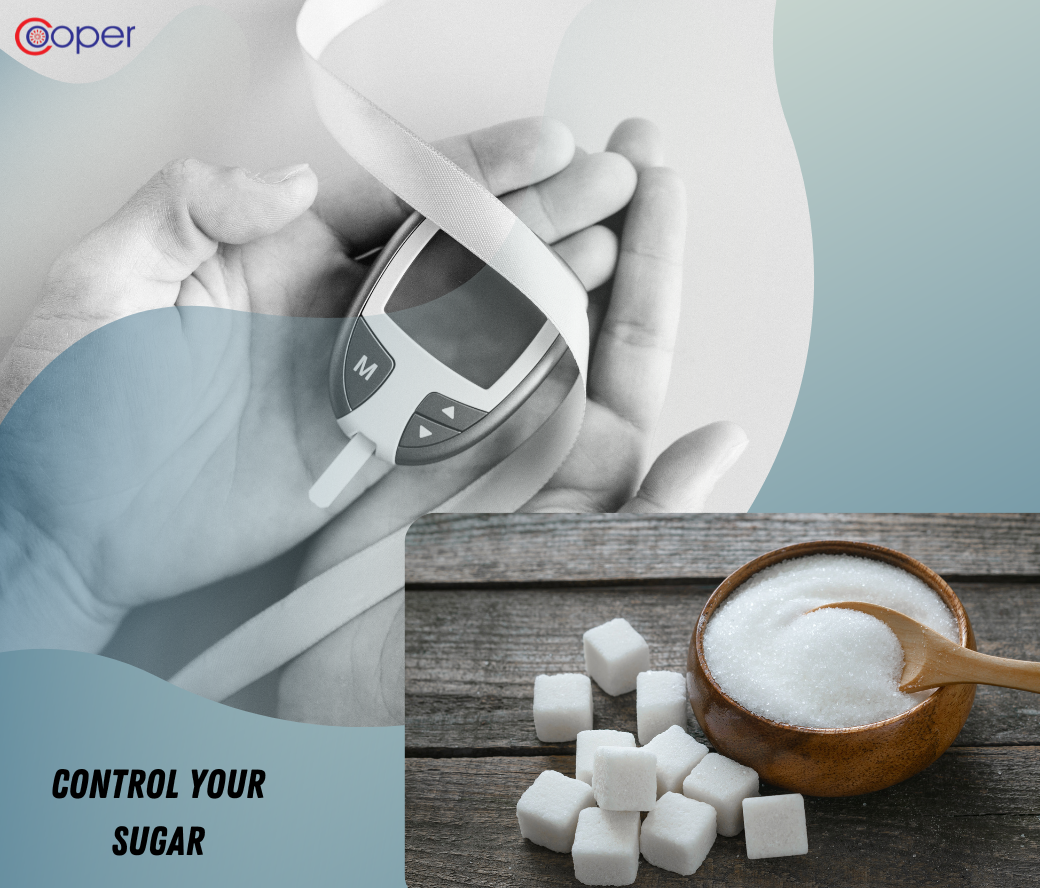The Importance of Fats in Human Nutrition
Recent Blog

The Importance of Fats in Human Nutrition
Date:- 2018-06-20 00:00:00
Lipid is the most essential biomolecule found in fats, oil and waxes and plays an important role in normal body functioning. Lipids in our body mainly constitutes plasma membrane, organelle membranes, various transportation systems in the cells and serve as structural building material of all membranes. Lipids in terms of fats can be used as store house in the form of energy. Without lipid, food wouldn’t be able to digest and absorb properly. Fat is an energy dense molecule, containing 9 kilocalories per gram if it is taken in foodstuffs and fats provide the body with maximum energy which is twice than equal amount of protein or carbohydrates. Our body requires a certain amount of body fat for normal body functions. When fats are digested, emulsified, and absorbed, they facilitate the intestinal absorption and transport of fat soluble vitamins A, D, E, and K. They are also used to cushion and protect the heart, kidneys and liver. Lipids are insoluble in water because these are insoluble molecules and therefore, make good energy storage molecules. They are used for insulation and protection of organs, in steroid hormones and in cell membranes. They also act as molecular messengers and signaling molecules in the body.
Excess lipids in the diet can cause negative health effects. They can build excess coating in the walls of the arteries which can lead to :
- Atherosclerosis and cause heart disease.
- Obesity
- Increased risk of heart disease from elevated levels of LDL, cholesterol and trans fatty acids.
Nutritional Importance of Fats:
- Fats, or lipids, are the important macronutrients needed in human nutrition. The lipids are found primarily in meats and dairy foods as the most visible sources, but most foods contain some fat. Some of the richer vegetable sources of dietary fat are nuts and seeds, soybeans, olives, peanuts, and avocados, and these contain the needed or essential fatty acids (EFAs). Fats are an important component of our diet, and at least a minimum intake is essential.
- An important component of lipids is the fatty acids. Fatty acids act as monomers and these monomers combine to form polymers i.e. lipids. Fatty acids are the small pieces or molecules that make up the fat in our bodies and the fat we eat in our diet. Fatty acids are small building blocks that create types of fat such as sterols and triglycerides. Triglycerides are how the body stores energy. A triglyceride is a lipid formed from three fatty acids attached to a glycerol molecule. Triglycerides can be saturated and unsaturated, meaning either solid at room temperature or liquid at room temperature due to their unique chemical structure. Saturated fats are generally found in animal food sources like meat and dairy, while unsaturated fats are found in plant food sources like olives and nuts.
- Triglycerides are a form of energy storage for the body and can be broken down easily for fuel. It is the major dietary fat. Triglycerides comprise about 95 percent of the lipids in our bodies. They are the storage form of fat when we eat calories in excess of our body needs. Burning up the stored fat allows us to live without food for periods of time. They are hydrolysed in the gut by lipases to fatty acids and monoglycerides. The monoglycerides undergo re-esterification in enterocytes and subsequent incorporation into chylomicrons. The major sites of endogenous triglyceride synthesis are the liver and adipose tissue. In normal circumstances, hepatic triglyceride is secreted in very low density lipoproteins (VLDL). If triglyceride accumulates in hepatocytes, leading to hepatic steatosis. Adipose tissue triglyceride represents the major energy store of the body.
- Three essential fatty acids are needed biochemically by our bodies and are available to us only from our diet: linoleic acid (LA), arachidonic acid, and linolenic acid (LNA). All are commonly contained in plant oils. Some sources describe linoleic acid as the only true essential fatty acid, as the others may be made from it. With more recent research it appears that this is true in plants but not in humans. We can make arachidonic acid from linoleic acid but not the important linolenic acid. Actually humans need higher amounts of alpha-linolenic acid than the other fatty acids. Most of our dietary intake of fat is in the form of triglycerides, which are composed of three fatty acids and a glycerol molecule.
- A less prevalent form of dietary fat is the phospholipids, such as lecithin, which is important to cell membranes and the brain and nerves. Phospholipids, on the other hand, are amphipathic, meaning they are both water-loving and water-hating. Eggs, organ meats, lean meats, fish, shellfish, cereal grains and oilseeds are also rich in phospholipids. In contrast, leafy vegetables, fruiting parts, roots and most tubers have a low phospholipid content.
- Cholesterol is a steroid alcohol, a member of the sterol family. It makes its hydrophobic nature which is insoluble in liquids and is found both in foods and manufactured by the body. It is essential to many body functions like specialized tissues in your body require cholesterol as a precursor to make vitamin D, steroid hormones and the bile acids needed for digestion. Cholesterol is also a component of cell membranes, it mainly helps maintain their fluidity but has been implicated as a primary factor in heart and blood vessel disease if its concentration increases in body. The hydrophobic character of cholesterol makes it potentially dangerous because excess cholesterol that accumulates in the bloodstream can form plaque and block blood vessels unless it is removed from the bloodstream. Your body typically produces all the cholesterol in daily needs, mainly through the liver. You don’t need to consume from out sources, you may also get cholesterol from your diet. Foods of an animal sources contain cholesterol, while plant-based foods do not. Examples of cholesterol-rich foods include: egg yolks, poultry, meats, shellfish and dairy products.
- Levels of fat intake are highly correlated with weight. High consumption of dietary fat is associated with both increased body fat and obesity. Fats are the most concentrated source of food energy. A diet that derives closer to 20–25 percent of total calories from fat is probably healthier. A range of 10–20 percent is also acceptable and may be helpful in reducing the incidence and progression of cardiovascular disease by lowering blood levels of triglycerides and cholesterol. Reducing fat intake to this level means cutting down greatly on consumption of red meats and dairy products such as milk, cheese, and butter.
- Saturated Fats which are commonly found in animals, are hard at room temperature. Lard, suet, and butter are common saturated animal fats; coconut and palm oil are two saturated vegetable oils. The fats with no double bonds are saturated. Saturated fats are generally more stable than the unsaturated fats and go rancid (undergo an oxidative change in molecular structure) less easily.
- Unsaturated Fats are of two varieties—monounsaturated and polyunsaturated. Those with one double bond are monounsaturated and fats with more than one double bond are polyunsaturated fats. Oleic acid, present in olive oil, is a monounsaturated fat. Linoleic acid, an essential fatty acid found in safflower oil, soybean oil, and other vegetable oils, is an example of a polyunsaturated fat. Other oils of this category include peanut, corn, and cottonseed oils.
- The Essential Fatty Acids (EFA) include linoleic, linolenic, and arachidonic acids, collectively termed vitamin F. They are all polyunsaturated fatty acids that cannot ordinarily be synthesized in the body. Although, if sufficient quantities of linoleic acid (omega-6 fatty acid) are present, arachidonic acid can be made. Alpha-linolenic, an omega-3 fatty acid that is found in special oils such as linseed (flax), rapeseed (canola), and soybean, is also essential and is the precursor of other important omega-3 oils. Omega-3 fatty acids are anti-inflammatory while omega-6 fatty acids are inflammatory.
- Polyunsaturated Fats (PUFAs) come in two categories: Omega-6 and omega-3 fatty acids. Of all dietary fats, only omega-6 and omega-3 fatty acids are “essential” because your body can’t make them. This means you need to get them from food or supplements. These two essential fatty acids include the omega-6 fatty acid (linoleic acid) and the omega-3 fatty acid (alpha linolenic acid). Your body converts linoleic acid into the more functional fatty acids, arachidonic acid (AA) and alpha linolenic acid (ALA) into eicosapentaenoic acid (EPA) and docosahexaenoic acid (DHA).
- You don’t need to eat too many omega-6 fatty acid in your diet. It is a longer chain fatty acid which permits membrane flexibility and permeability and converts into arachidonic acid (AA) which in excess amount in body leads to obesity and might chronic inflammation.
- EPA and DHA commonly found in fish. Ideally we need more linolenic, about a 2:1 ratio, than linoleic. The essential fatty acids are important for normal growth, especially of the blood vessels and nerves, and to keep the skin and other tissues youthful and supple through their lubricating quality.
- Omega-3s found in fish and animal foods like grass –fed beef come as EPA and DHA, where plant- based omega-3s like flaxseeds and chia seeds are ALA.
- Linoleic acid is necessary for synthesis of prostaglandins in the E1 and E2 series; linolenic acid is the precursor of the E3 series and other omega-3 fatty acids. Prostaglandins, hormone like substances, have various effects on smooth muscle and inflammatory processes. The E3 (PGE3) series seems to reduce cholesterol levels as well as platelet aggregation and thrombosis and are generally anti-inflammatory. Prostaglandin E2, related to arachidonic acid, tends to promote platelet aggregation, is more inflammatory, and may even be related to high blood pressure and cancer. PGE1 is mildly inflammatory as it prevents release of arachidonic acid from the cells. Safflower oil is particularly high in linoleic acid, as are sunflower and corn oils. Soybean, flaxseed, canola, as well as pumpkin and walnut are the best sources of alpha-linolenic acid.
- Another fatty acid recently shown to be beneficial is eicosapentaenoic acid (EPA). It is a polyunsaturated, omega-3 fatty acid found in high concentrations in cold-water fish. If it is consumed in large amounts then it greatly reduce the risk of cardiovascular disease. EPA seems to reduce serum triglycerides, raise HDL (good) cholesterol, and prolong bleeding time by reducing platelet aggregation, thus preventing thrombosis. Fish such as mackerel, sardines, and salmon are high in eicosapentaenoic acid. Consumption of cold-water fish once or twice a week seems to have a positive effect on cholesterol levels. When taken as a supplements, which contains EPA and another omega-3 fatty acid, decosahexaenoic acid (DHA), may decrease the risk of vascular thrombosis and cardiovascular disease.



















.png)


